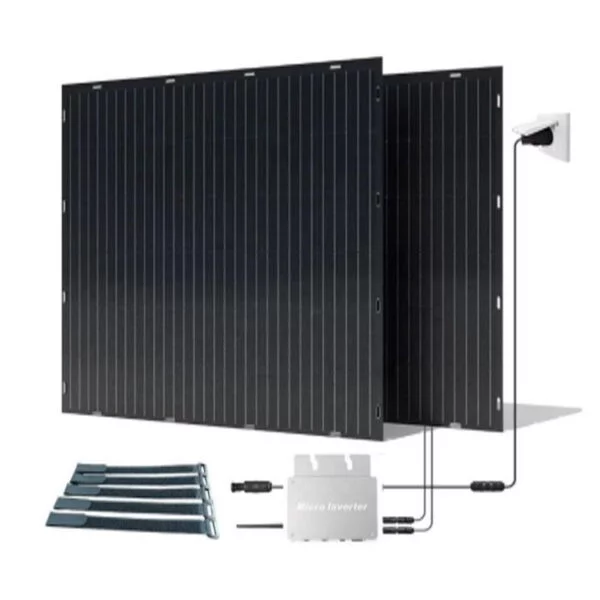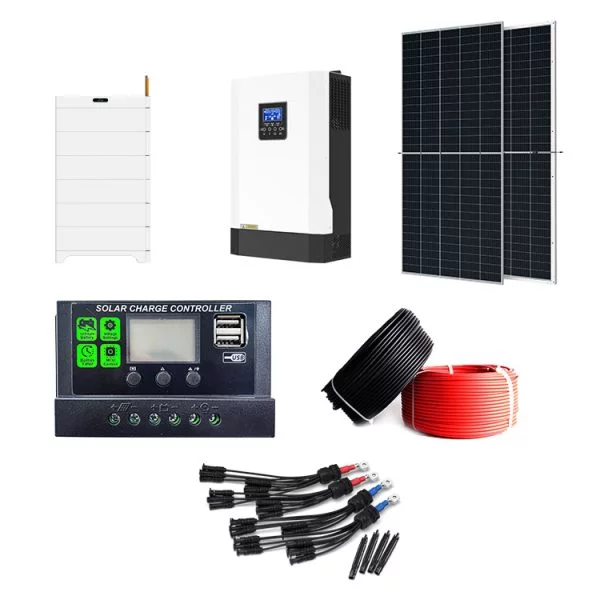HOT PRODUCT
Product Details
Flexible Mono Solar Panels In Action: Real-life Applications And Benefits
Flexible Mono Solar Panels In Action: Real-life Applications And Benefits
Solar energy has gained significant momentum in recent years, with renewable energy solutions becoming increasingly popular worldwide. Among the innovative technologies revolutionizing the solar industry, flexible mono solar panels are emerging as a promising option for capturing the sun’s energy efficiently. With their malleability and adaptability, flexible mono solar panels are finding real-life applications in various sectors, offering numerous benefits over traditional rigid solar panels. This article explores the applications and benefits of flexible mono solar panels, highlighting their potential to shape the future of solar energy.
Flexible mono solar panels, also known as monocrystalline solar panels, are manufactured using a single crystal structure. This characteristic allows them to exhibit higher energy conversion efficiency compared to other types of panels. What sets them apart from traditional rigid panels is their flexibility, enabling them to bend and conform to curved or irregular surfaces. This flexibility opens up a new world of possibilities for solar panel installations, expanding their applications to industries previously limited by space constraints and design limitations.

One of the most promising applications of flexible mono solar panels can be found in the transportation sector. Electric vehicles (EVs) are gaining popularity, and integrating solar panels on the vehicle’s surface can help extend their driving range. Flexible mono solar panels can be seamlessly integrated into the roof, hood, or even the entire surface of the vehicle, harnessing solar energy and converting it into electricity to power various systems or charge the EV’s battery. This solar integration enables EVs to be more self-sustained, reducing their dependence on external charging sources and enhancing their overall sustainability.
In the architectural field, flexible mono solar panels offer an aesthetically pleasing and practical solution for buildings. These panels can be integrated into facades, windows, or roofs of structures, turning them into active energy generators. Their flexibility and ability to conform to complex shapes allow architects and designers to incorporate solar energy systems without compromising the building’s design or functionality. This integration not only reduces electricity costs but also promotes sustainable practices and helps mitigating the environmental impact of buildings.
Flexible mono solar panels are also finding applications in the consumer electronics industry. Portable electronic devices, such as smartphones, tablets, and wearables, heavily rely on battery power. Integrating flexible mono solar panels into the design of these devices enables them to harness solar energy and recharge themselves while being used or exposed to sunlight. This feature allows for extended battery life and reduces the need for conventional charging methods while on the move, making these devices more convenient and environmentally friendly.
Moreover, the adaptability of flexible mono solar panels makes them a viable solution for off-grid applications. Remote areas lacking access to a stable power grid can greatly benefit from these panels. Flexible mono panels can be easily integrated into portable solar kits, providing a sustainable source of power for camping, emergency situations, or humanitarian aid efforts. They can also be utilized in developing countries to provide electricity to rural regions with limited infrastructure, empowering communities and improving their quality of life.
When it comes to the benefits of flexible mono solar panels, their efficiency and durability stand out. These panels offer higher energy conversion efficiency due to their monocrystalline structure, which allows more photons from sunlight to be converted into usable electrical energy. Additionally, they are made from robust materials that can withstand harsh environmental conditions, ensuring long-term performance and reliability.
Additionally, the lightweight nature of flexible mono solar panels makes them easier and less expensive to install. Their flexibility allows for quicker and simpler integration into various surfaces compared to rigid panels, which often require additional infrastructure or mounting systems. This flexibility also enables seamless integration into existing structures without significant modifications or disruptions.

In conclusion, flexible mono solar panels are revolutionizing the solar industry with their adaptability and numerous real-life applications. From transportation and architecture to consumer electronics and off-grid solutions, these panels offer advantages in terms of efficiency, durability, aesthetics, and installation flexibility. As technology continues to advance, the potential for flexible mono solar panels to transform the way we generate and utilize solar energy is vast. With their promise of a sustainable future, these panels are undoubtedly paving the way towards a cleaner and more energy-efficient world.




